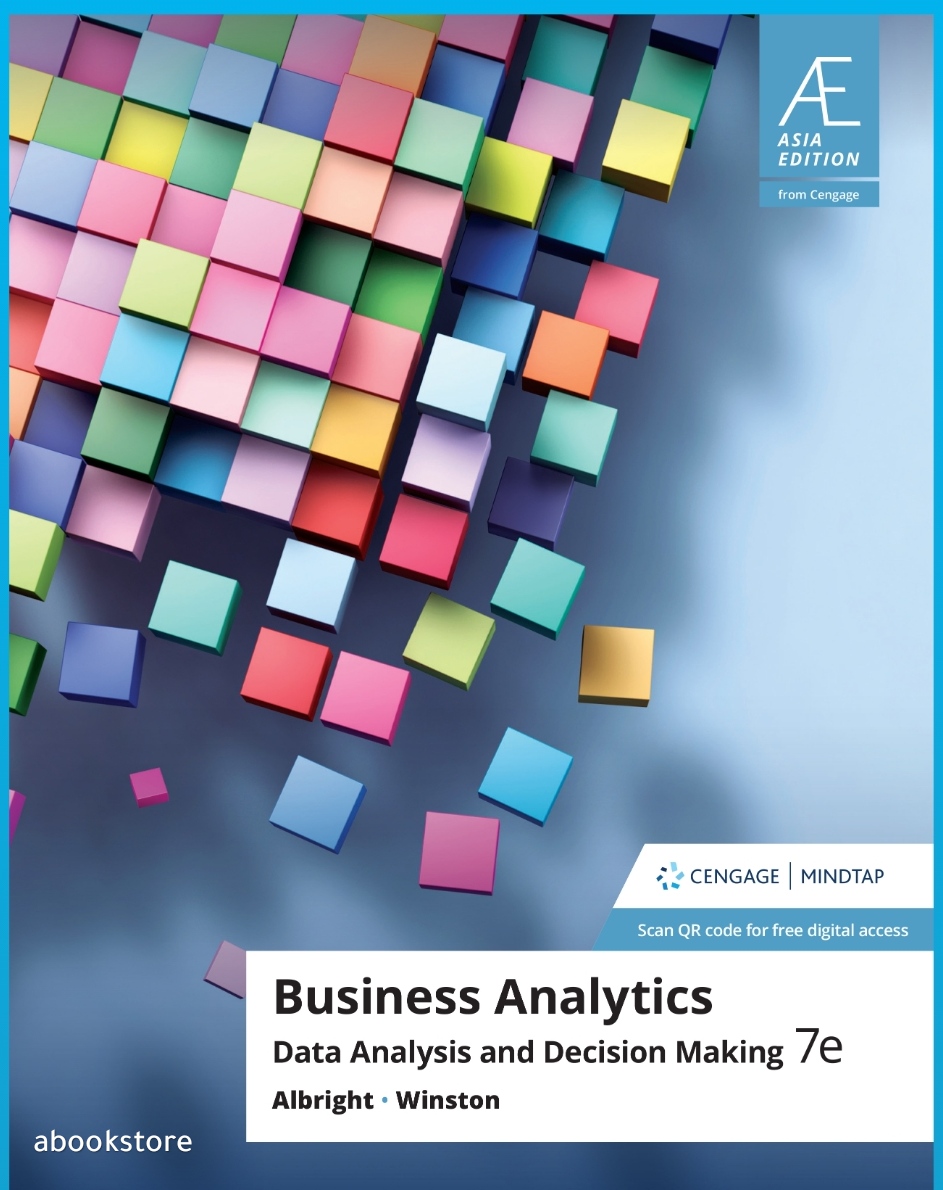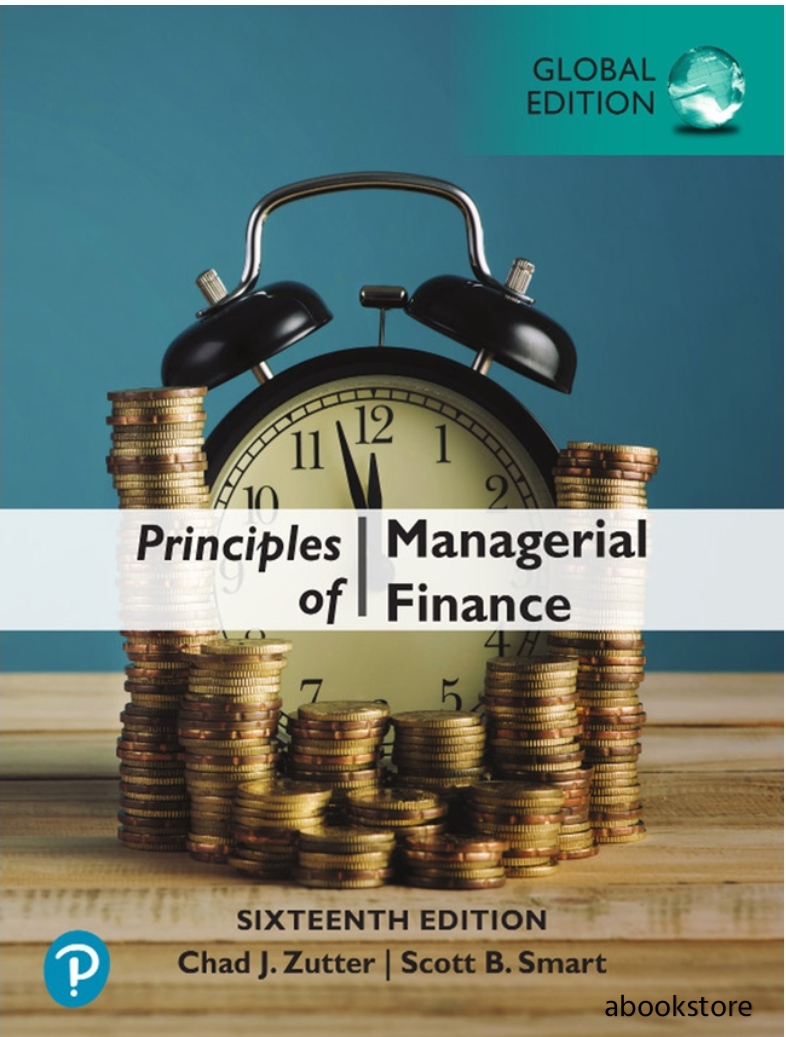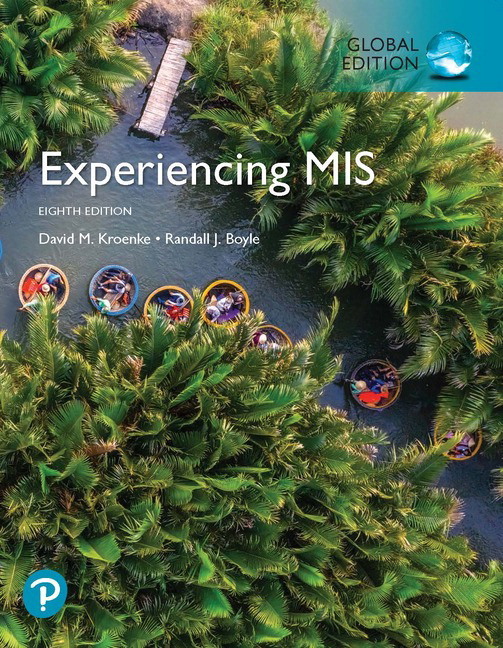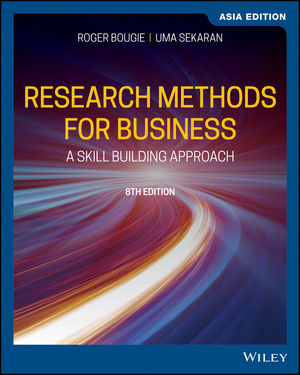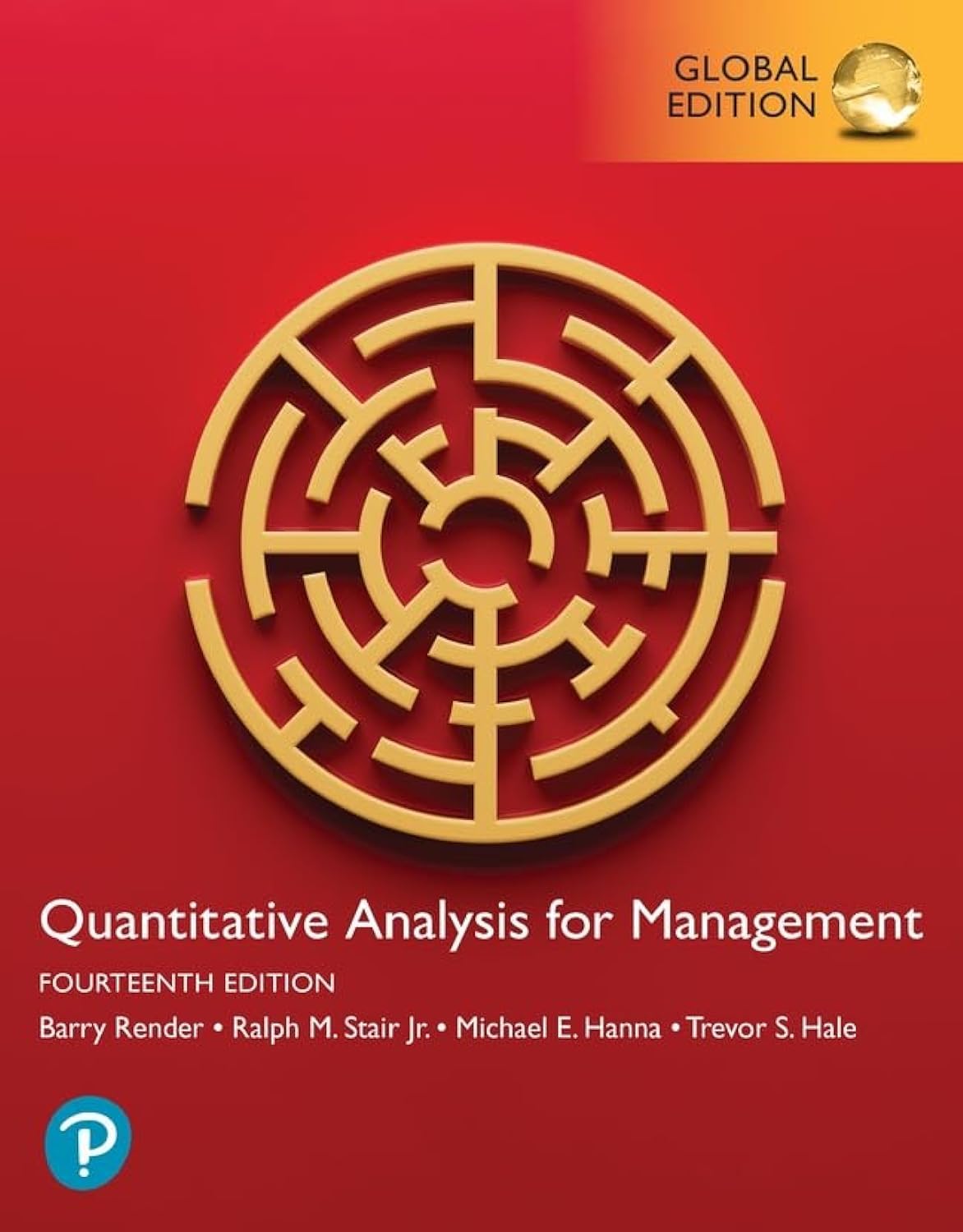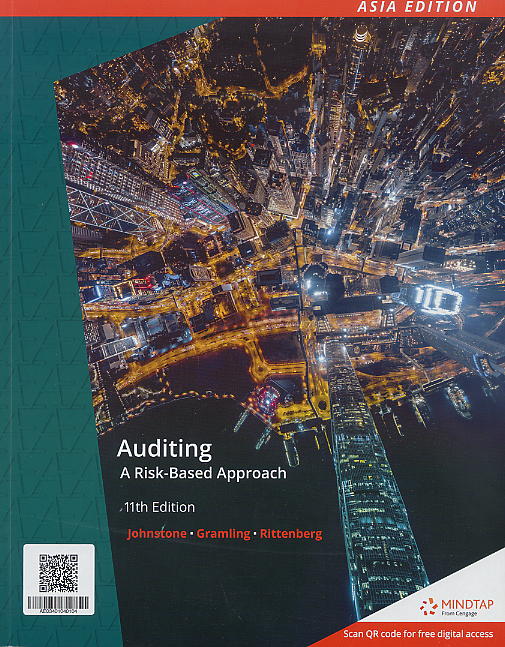
AE Auditing: A Risk Based-Approach, 11th Edition – Johnstone/Gramling/Rittenberg
Category: Business & Investment
RM85.00
Out of stock
Product Info
- Author: Johnstone/Gramling/Rittenberg
- Publisher: Cengage Learning
- Language: English
- Type: Import
- ISBN: 9789814834513
- Edition: 11th Edition
- Cover: Paperback
- Year: 2019
- Author: Johnstone/Gramling/Rittenberg
- Publisher: Cengage Learning
- Language: English
- Type: Import
- ISBN: 9789814834513
- Edition: 11th Edition
- Cover: Paperback
- Year: 2019
Delivery & Shipping Cost
Delivery using J&T. The cost depends on the rate as provided by J&T.
Not refundable due to human error (like scratching); else for the books that printing error, missing pages or incorrect books. Please email us at sales@abookstore.my




